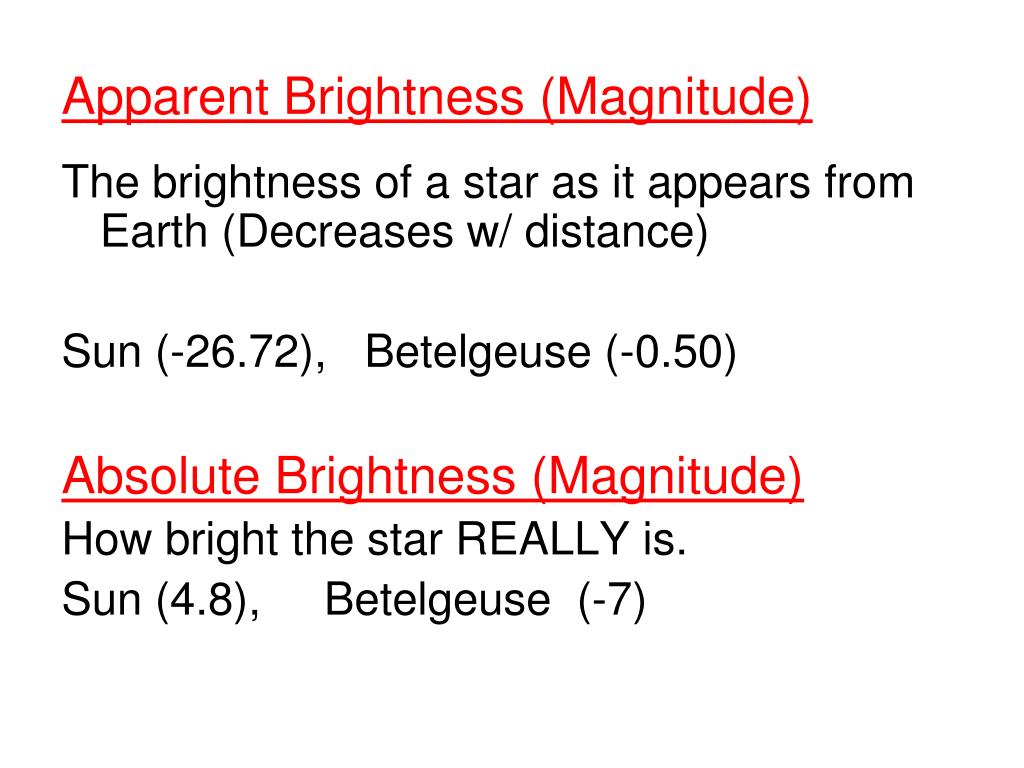

Now that we know how Lumens work, it’s important to make sure when choosing your next LED lamp or bulb that you choose one with a good Lumen value. Lumens in LED lights are an accurate measurement of brightness and as it’s a unit of measurement for visible light it means you can compare them to other Lumen outputs from other sources accurately. Lumen to watt comparison chart for LED, CFL, Halogen & Incandescent lamps What Are Lumens in LED Lights? So it’s important to note that Watts only measures energy used and not how much visible light created by a bulb or lamp.įor example: 800 Lumens can be created by a 60 watt incandescent bulb or 12W of LED. How Do Lumens Compare to Watts?Īs a lumen is the unit of luminous flux, a measure of the total quantity of visible light emitted by a source per unit of time, there is no comparison at all. It was never as completely accurate because fluorescent and halogen lamps were more efficient, but when LED arrived as a seriously efficient light source, power consumption could no longer be a comparative unit of measurement. Therefore how much energy being used became the defining factor of how bright is was. Traditionally, the amount of visible light created from the power consumed to do so was relatively the same across the various types of light available. The Watts or Wattage of a light bulb or fixture is the measurement of energy consumed to create light and over the years has become synonymous to brightness, but has never been a unit of how much light is created. So what is the difference between Lumens and Watts? In this case you would need more Lumens per square foot of space in your home because it’s a small concentrated area that needs lighting. In a dining room, you want more Lumens to light up the whole area completely and bright enough for people to see what they are eating at their dinner table. As a rule of thumb, you need one Lumen per square foot of space that needs to have light on it for general lighting purposes in most homes. The more Lumens the brighter your LED lights will be and vice versa. This is why Lumens are an essential part of understanding how well your light choices will work for you. Why Are Lumens Important?Īs Lumens are a measure of the total amount of visible light emitted by a light source, the higher the Lumens, or brightness, then more visible light is produced by your LED lights and they will be brighter. Light and how it effects our environment is quantified most accurately in 4 ways.Įven designers get confused with all this so for quick reference when buying and choosing lighting we need a simple unit of measurement to know how bright it will be and how effectively it will light up your home. Luminous Flux is how much visible light is emitted by a light source or received by a surface. Lumen definition is: “a unit of luminous flux in the International System of Units (SI), that is equal to the amount of light given out through a solid angle by a source of one candela intensity radiating equally in all directions.” Some people will even refer to Lumens as “brightness” in this sense, because it measures that too. Lumens measure how much visible light a lamp produces. It’s important to know the lumens of the light bulb or fixture you are buying. 9: Check Lumen Per Watt When Choosing Lumens.Unlike the ridiculous hypothetical birthday cake, a Toughbook probably won't burn your house down. That's about how bright the latest Toughbook displays can get. Take a birthday cake measuring one square meter and stick six thousand lit candles in it. Though the terminology has been updated, it is still a measurement of the approximate amount of light emitted from a 19th century whale oil candle. One candela is, for all intents and purposes, the same thing as one candlepower. As it turns out, physicists and engineers have slang, and they derive it from Latin. "Nit" - probably derived from the Latin nitere, to shine - is a widely accepted slang term for candela per square meter, cd/m². You won't have that problem with your Toughbook H2. It can be hard to read your smartphone outside on a sunny day. Higher nit screens are easier to view in a broader range of lighting conditions. The latest models of the Toughbook CF-19 and the Toughbook H2 reach up to 6000 nits in direct sunlight due to "TransflectivePlus" and Panasonic CircuLumin display technologies. The best consumer laptops on the market right now reach about 300 nits.

The more nits, theīrighter more luminescent the screen. Brightness is nonlinear and subjective, so it can't be measured. "Luminance" refers to the intensity of light, an objective property of nature. Actually, it's technically a measure of luminance. The nit is a unit of measurement for brightness.


 0 kommentar(er)
0 kommentar(er)
